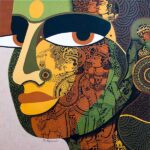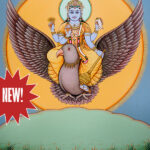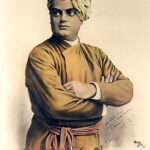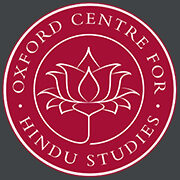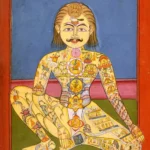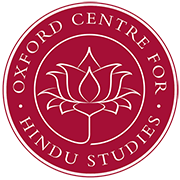The Yoga of the Hathapradipika
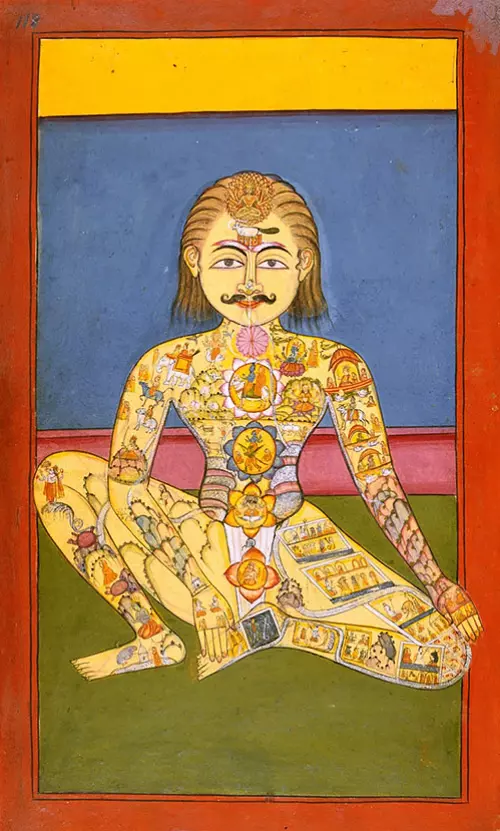
This course introduces yoga as presented in the Haṭhapradīpikā – an influential 15th century text. Haṭhapradīpikā is one of the most popular and influential works on yoga. It presents a range of practices derived from previous traditions, providing students with a traditional and well-rounded level of knowledge of ancient yogic practice.
In this course, we will examine both the philosophical and practical aspects of yoga as described in the Haṭhapradīpikā. We will learn key concepts such as āsana, prāṇāyāma, and samādhi, and will gain a broad overview of the traditions and texts behind the Haṭhapradīpikā.
Our Hatha Yoga Pradipika course will explore the significance of some of the most important and influential aspects of yoga. This course will also dive into the philosophical and theoretical foundations of Hatha Yoga practices, as well as learning about teachers throughout history and the progression of traditional methods and beliefs, and how they have influenced modern yoga practice.
If you are keen to learn more about this yoga tradition, enroll in our specialist course today or view our detailed course breakdown below. Alternatively, take a look at our Yoga Studies Pathway to discover more courses.
Start Date: 21 April 2024
Late enrolments close Sunday 5 May
Course Duration: Seven Weeks
70 pages
Optional Assessment: Essay
On-Demand Video
The main video component of your course. On-demand means you can watch at the time that suits you.
5hr 40min
Campus-wide Zoom sessions
These free Zoom sessions are not part of your main course materials. They are open to students enrolled in any course.
Explore other areas of Hindu studies! Meet tutors and students from other courses!
Monday 29 April 3pm
Tuesday 7 May 2pm
Tuesday 14 May 2pm
Saturday 25 May 5pm
Sunday 2 June 6pm
These are all UK times. Recordings are available for any sessions you miss
£110
Session One: Context – Yoga, yogis, and Haṭhapradīpikā
We start with a look at the historical context for the Haṭhapradīpikā. We learn what the text says about Hatha Yoga Pradipika and yogis.
Key concepts: Śaivism, Śāktism, Vaiṣṇavism, Early and classical haṭhayoga. (Siddhas and Munis)
Session Two: Tantric yoga and the Nāth Sampradāya
In this session we examine the foundations of haṭhayoga in the Haṭhapradīpikā. We establish the influence of the early gurus of the Nāth Sampradāya. We then look at the tantric background for the Haṭhapradīpikā and the Nāth Sampradāya. We answer the questions: What is yoga? Who were the practitioners of haṭhayoga?
Key concepts: Nāth Sampradāya and the Siddhas, layayoga, mantrayoga, haṭhayoga, rājayoga, Right and left hand tantra.
Session Three: Chapter one – Āsana
In the first chapter Svātmārāma describes the general rules and lifestyle of a yogi along with various āsanas and their benefits.
Key concepts: Āsana, yama, niyama.
Session Four: Chapter two – Prāṇāyāma
In this chapter Svātmārāma focuses on prāṇāyāma and the effects of correct practice of prāṇāyāma.
Key concepts: prāṇa, kumbhaka, yogic physiology, karmans, bandhas.
Session Five: Chapter three – Yogic seals and the yogic body
The third chapter investigates the yogic physiology on a deeper level and is highly focused on esoteric techniques for awakening the kuṇḍalinī.
Key concepts: Kuṇḍalinī, cakra, mudrā, nādayoga, bindu, rasa
Session Six: Chapter four – Samādhi and the goals of yoga
This session will focus on the mental aspects of yoga, and the goal of yoga as presented in the Haṭhapradīpikā.
Key concepts: samādhi, dhyāna, mokṣa, rājayoga, layayoga.
Session Seven: Yoga practice in the Haṭhapradīpikā
We conclude with a broad description of yoga practice is in the Haṭhapradīpikā. We also see how this relates to modern yoga – both living traditional haṭhayoga and “modern” haṭhayoga.
Your Tutor

Gitte Poulsen
Gitte has a Masters in Religious Studies from Aarhus University, Denmark but has completed most of her studies in Varanasi, India, and as a visiting student at the Oxford Centre for Hindu Studies. Gitte’s focus is on Yoga, Tantra, and Sanskrit. She is also a dedicated practitioner of āsana and prāṇāyāma. She manages the OCHS Kathmandu Office where she oversees the daily operation and focuses on Nepali and Newari language as well as Śākta traditions among the Newar community of The Kathmandu Valley.
